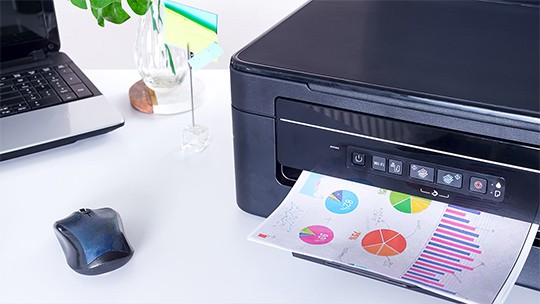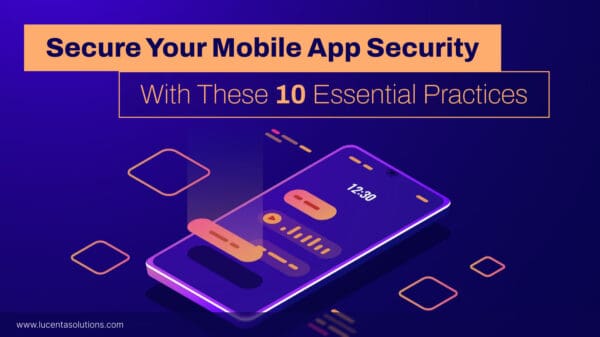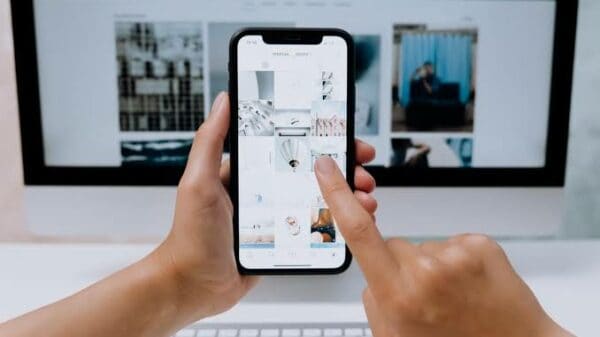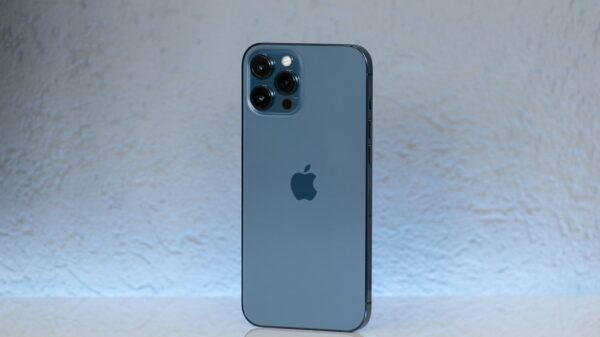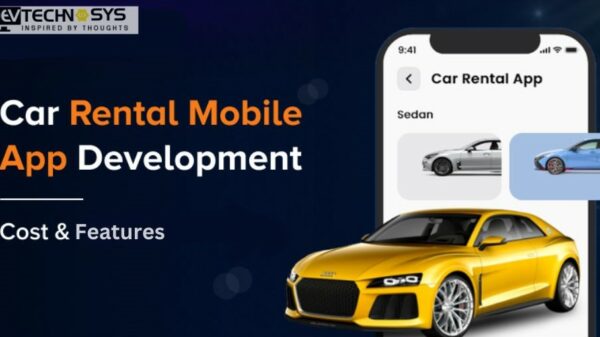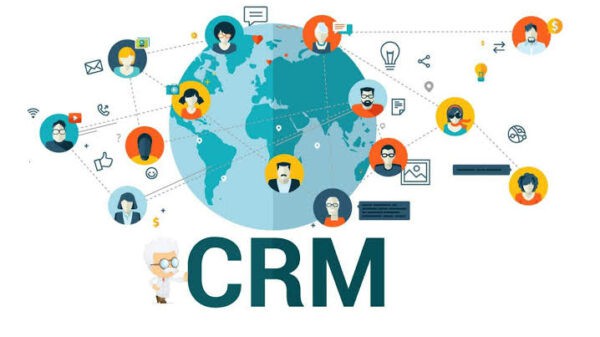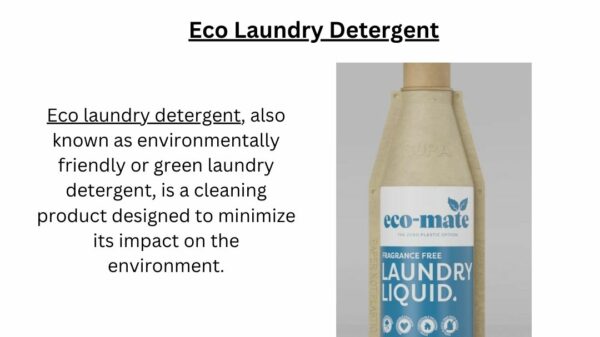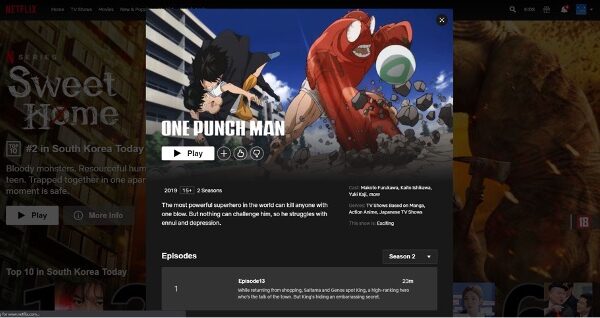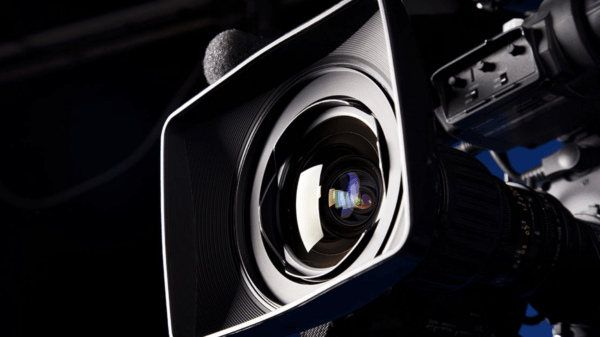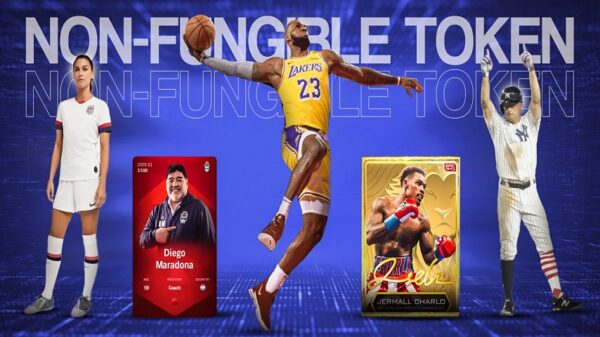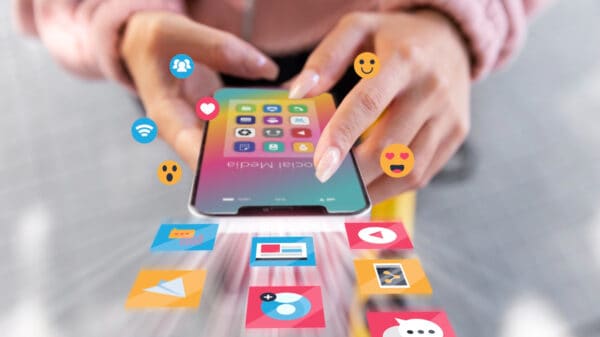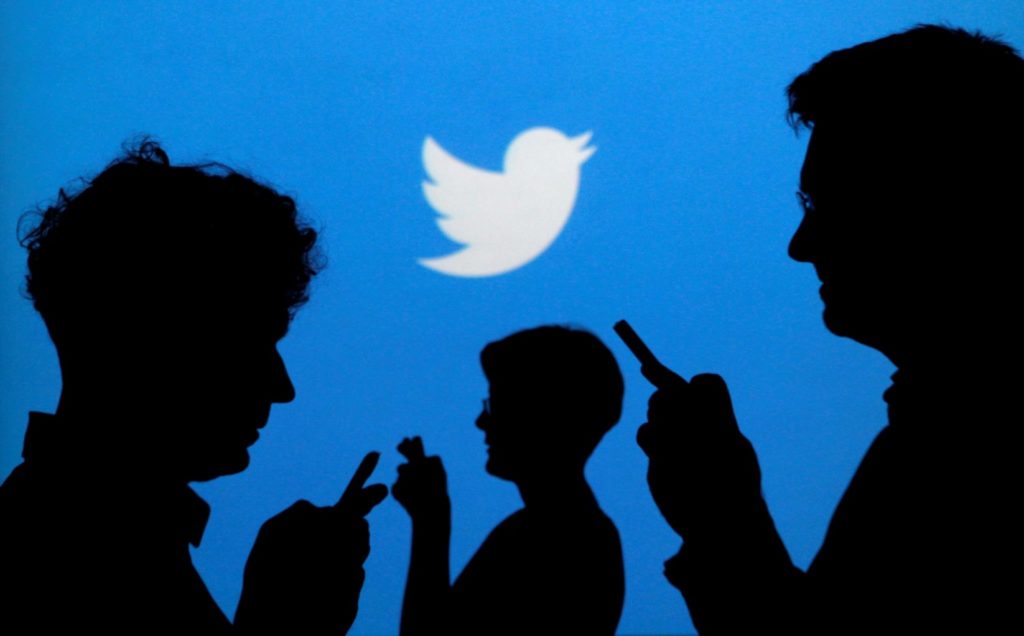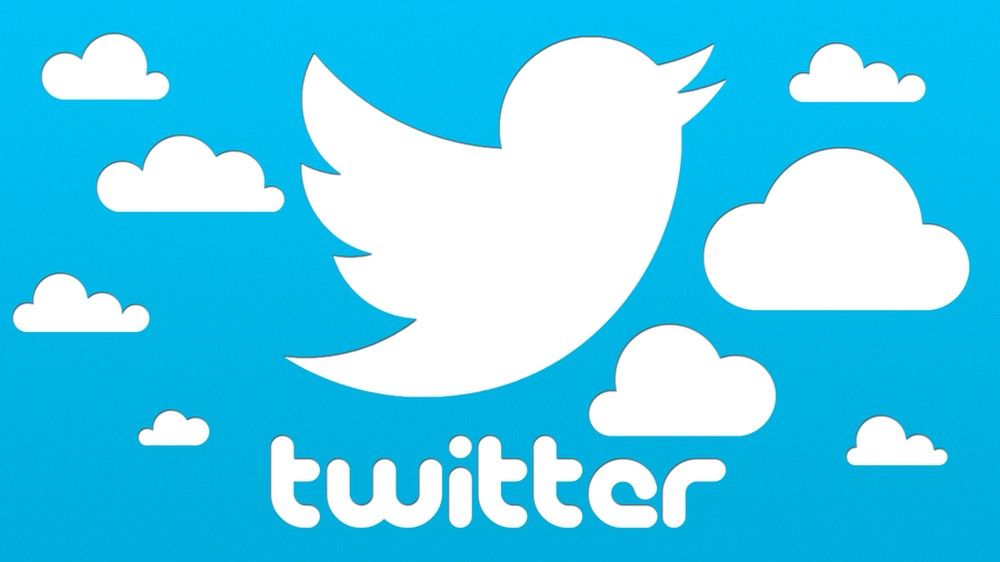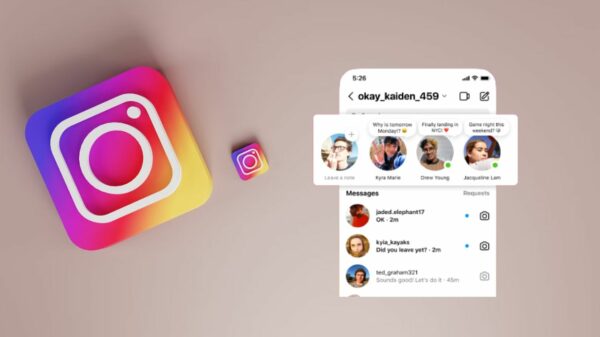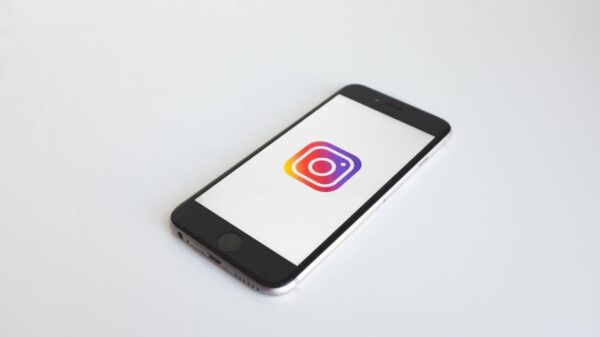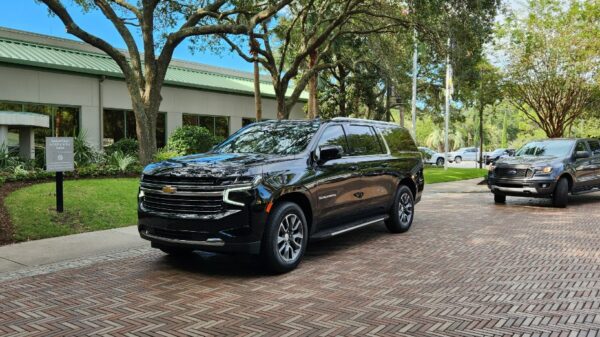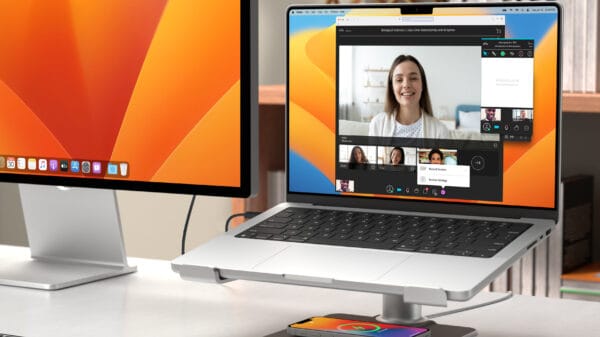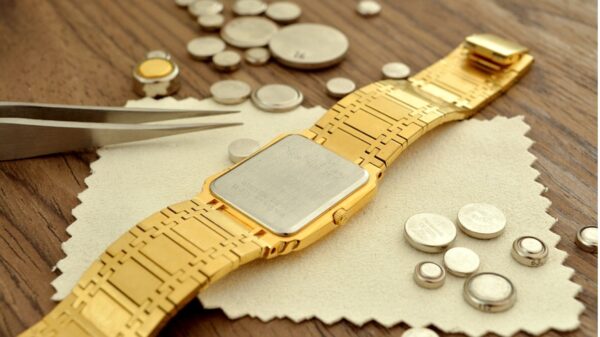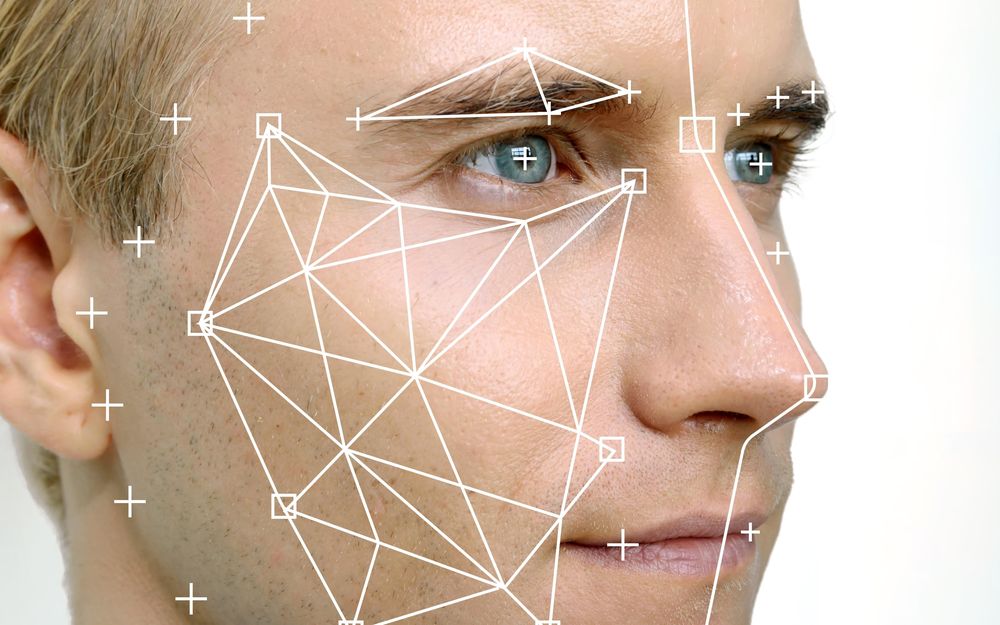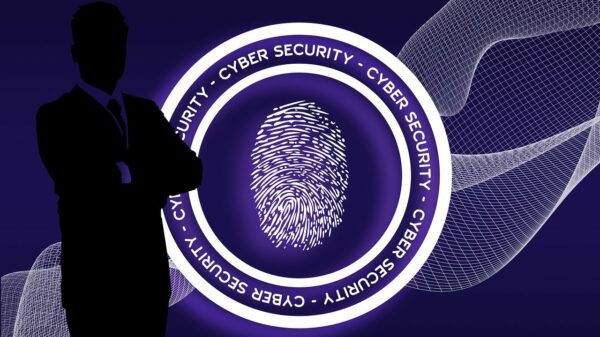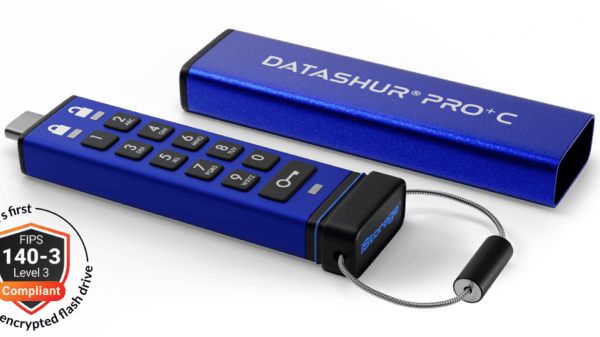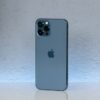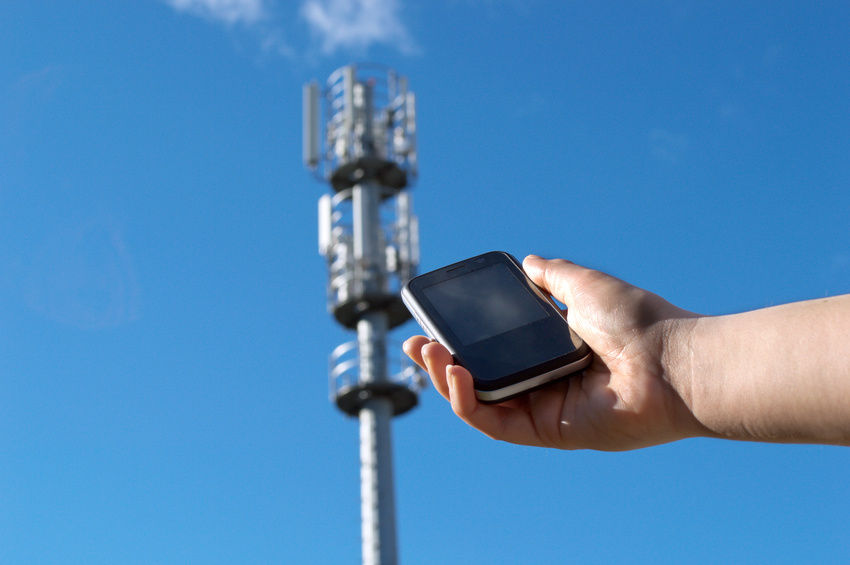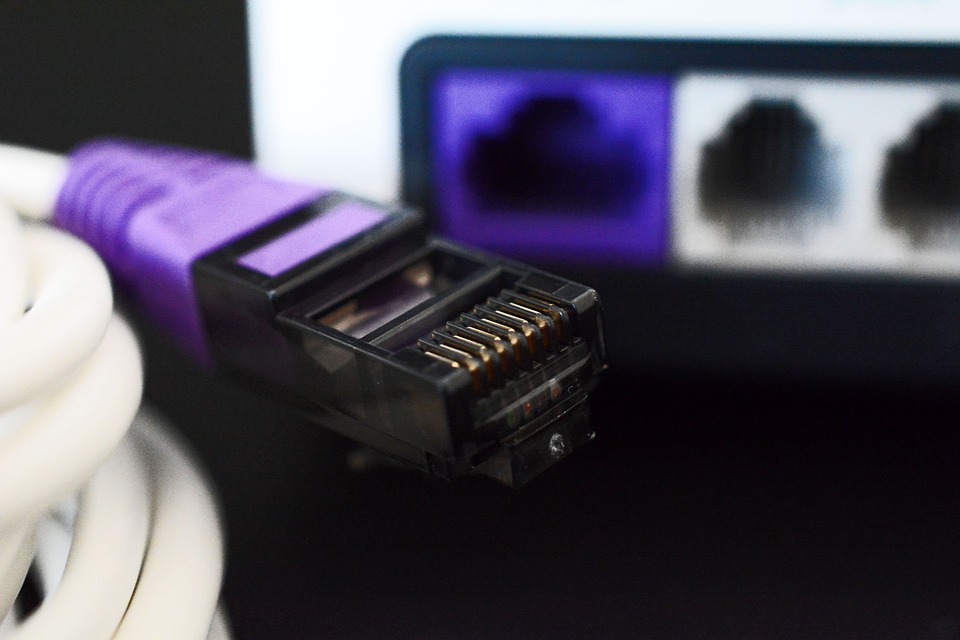Current mobile devices often make us feel like we have truly taken a step into the future. Innovative science and technology is changing the world one step at a time. Smartphones help us to access all the information that we could ever want in the palm of our hands, while automated gadgets perform tasks for us at a level that makes us more productive, and more efficient than ever before. As the world becomes increasingly technical, with more mobile devices and mobile accessories in use than people on earth, one of the biggest things that holds us back is the issue of battery life. Regardless of how smart your smartphone may be, you’ll still have to plug it in, thereby tethering yourself to the nearest power outlet.
Fortunately, though the battery life issue persists, plugging yourself into a wall may soon be a thing of the past. If there is one bit of transformational technology available in the mobile world today, it’s the advent of wireless charging – a system that uses Qi (energy flow) to revive your smartphone without any pesky wires.
Where Did Wireless Charging Start?
As a concept, wireless charging has been around a lot longer than you might think – ever since physicist and inventor Nikola Tesla learned that it was possible to transfer power between objects using an electromagnetic field. At a basic level, wireless charging utilizes a loop of wires coiled around a bar magnet which acts as an inductor. When an electric current passes through those wires, an electromagnetic field emerges, which can then transfer a charge or volt to something nearby.
Today, most stations for wireless charging use a mat that houses an inductor within. Inside the mat, you will find one or more inductive coupling coils. The mat itself won’t be wireless – you will need to plug it into wall socket. To take advantage of the magnetic field that the inductive coupling creates, your smartphone will need a special attachment or case, but some manufacturers are now making devices that use electronics capable of facilitating inductive coupling.
For some people, wireless charging is still not as efficient as using a direct cable connection, but for use on a daily basis, lining up the coils and allowing electromagnetism to do the hard work is an innovative and useful way of charging multiple devices at the same time – without the stress of countless cables.
The Benefits of Wireless Charging
The introduction of wireless charging comes with many useful advantages that will continue to grow as scientists discover new and improved ways of developing the technology. For now, these are just some of the benefits that you can expect to experience through wireless charging:
- Reduced cost in maintaining mechanical connectors
- Greater ubiquity and convenience in charging everyday devices
- Reduced exposure of charging cables and ports to corrosion through elements like water and oxygen
- Safe charging of devices required to remain hermetically sealed or sterile
- Eliminates debris and sparks typical of wired contacts
The Future of Wireless Charging
Though it’s true that the basic concept of wireless charging has existed for over 100 years, scientists are still determining effective ways of transferring large amounts of power through inductive coupling. The degree of electric charge that can be transferred relates to the number of coils capable of being looped around a bar magnet – as well as the magnet’s strength. Until recently, it has been impossible to make electronics and wires small enough to facilitate wireless charging.
Currently, it is mostly small devices that charge wirelessly, such as phones and toothbrushes – but in the future, we can expect to see this technology expand. From wireless charging desks that power your laptop, smartphone, and any other technology you lay upon it, to wirelessly charging tracks beneath trains and cars, the possibilities are endless.
How do you feel about the innovation of wireless charging? Do you think there are ways that the technology could improve, or places where you might like to see it harnessed?
Joey Tomina is the President of Rushstar Wireless and is nationally recognized as one of the top leaders in the wireless industry for his work with the leading carriers, MVNO's, & payment processors in nationwide sales, distribution, and operational development. He has15 years of executive sales & management experience with an emphasis in direct and indirect market development and distribution.





